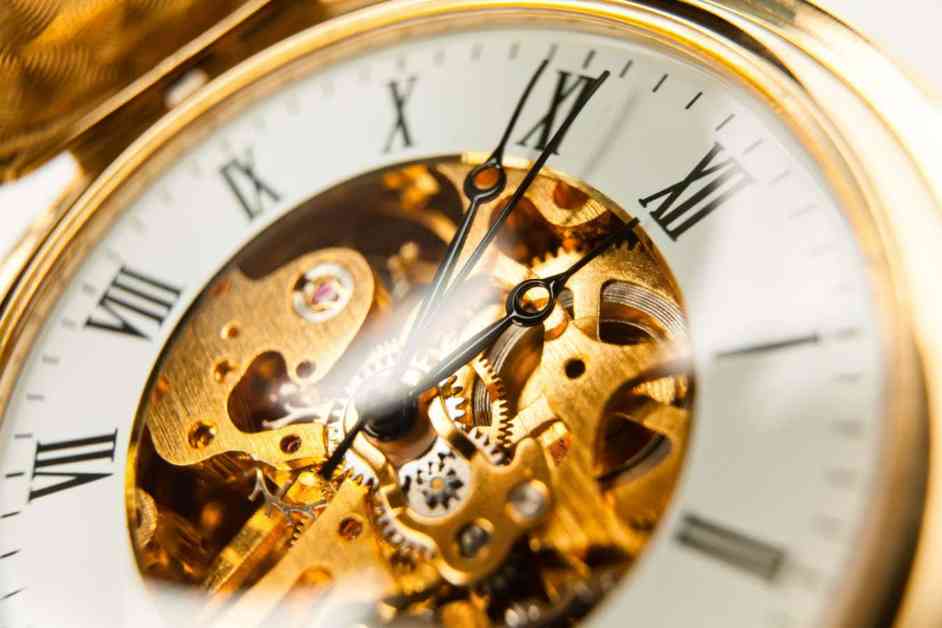Physicists have discovered a fascinating way to transform random sequences into functional clocks. This innovative approach involves using mathematical equations to convert seemingly chaotic observations into timekeeping devices with remarkable accuracy.
Mark Mitchison from Trinity College Dublin led the research into creating these unique timepieces. The goal was to develop a method that could turn any arbitrary sequence of events, such as the rhythmic crashing of waves on a beach, into a functional clock. This unconventional concept challenges the traditional notion of what a clock should look like or how it should operate.
Unlike conventional clocks, which rely on regular ticks to keep time, these newly designed timepieces can be based on irregular and unpredictable events. The key lies in applying mathematical algorithms to these random sequences to establish a consistent measurement of time. This groundbreaking approach opens up a world of possibilities for creating timekeeping devices that are not limited by traditional mechanisms.
The implications of this research extend far beyond the realm of timekeeping. By reimagining how clocks can be constructed and operated, physicists are pushing the boundaries of what is possible in the field of time measurement. This innovative thinking challenges long-held assumptions about the nature of time and how it can be quantified.
As we delve deeper into the realm of unconventional clocks, we are expanding our understanding of time and its relationship to the world around us. This research opens up new avenues for exploring the concept of time in ways that were previously unimaginable. By harnessing the power of mathematics and physics, we are transforming random sequences into sophisticated timekeeping devices that defy traditional conventions.
The journey from random observations to precise time measurement is a testament to human ingenuity and the endless possibilities of scientific exploration. By embracing the unexpected and thinking outside the box, physicists are revolutionizing the way we perceive and interact with time. The evolution of these unique timepieces represents a significant step forward in our quest to unravel the mysteries of the universe and our place within it.
In conclusion, the transformation of random sequences into clocks exemplifies the innovative spirit of scientific inquiry and the boundless creativity of the human mind. As we continue to explore new frontiers in time measurement, we are reshaping our understanding of the world and our place in it. The journey towards creating these unconventional clocks is not just a scientific endeavor but a philosophical exploration of the very nature of time itself.

